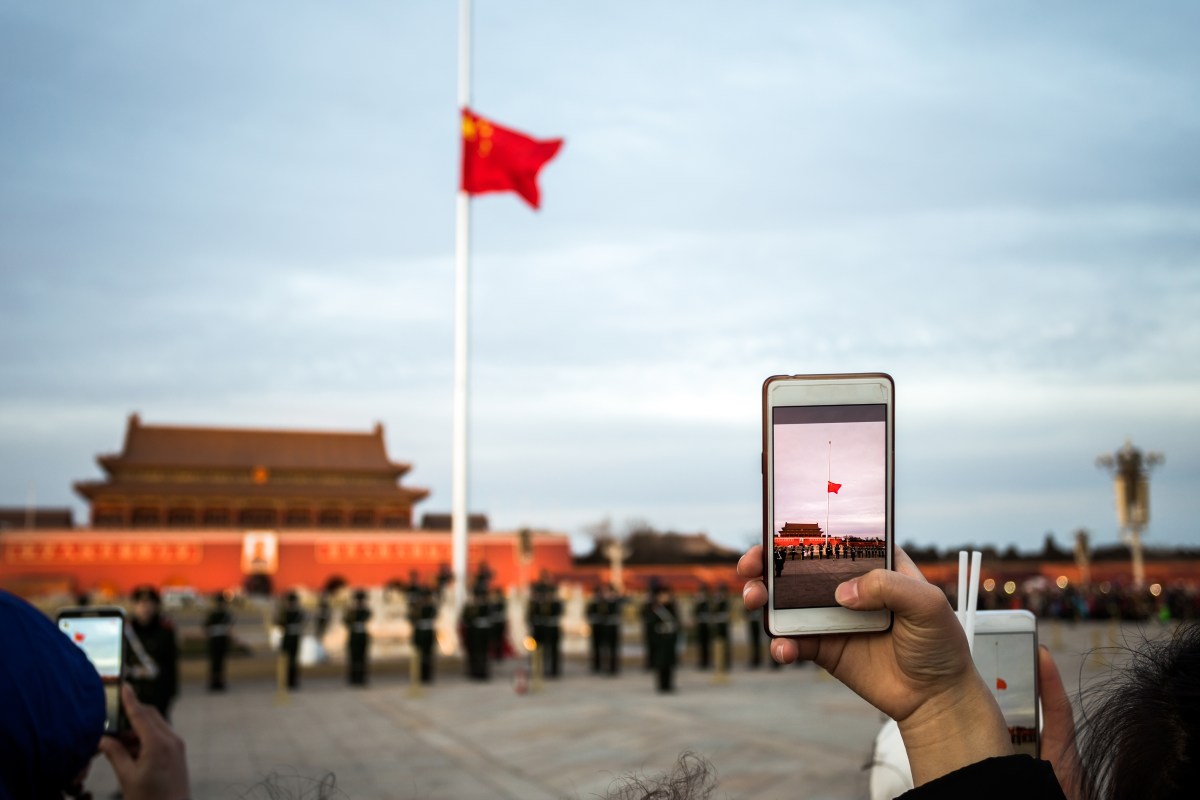Popular censorship circumvention tools face new blockade by China
Tools helping Chinese internet users bypass the Great Firewall appear to be facing a new round of crackdowns ahead of the country's five-year party congress that will see a top-tier reshuffle direction. Greater censorship is not at all uncommon during politically sensitive times in countries, but the stress faced by China's censorship circumvention tools seems to be on a whole different level.
"As of October 3, 2022 (Beijing time), more than 100 users reported that at least one of their TLS-based censorship circumvention servers had been blocked," writes GFW Report, a platform for China-focused censorship oversight, in a GitHub post.
TLS, or Transport Layer Security, is a ubiquitous Internet security protocol used to encrypt data sent over the Internet. Since data shared over a TLS connection is encrypted and cannot be read easily, many censorship circumvention apps and services use TLS to keep conversations private. A TLS-based virtual private network, or VPN, directs internet traffic through a TLS connection instead of pushing that traffic to its internet service provider.
But the Chinese censors seem to have found a way to undermine this strategy. “Blocking is done by blocking the specific port that the circumvention services are listening on. When the user changes the blocked port to an unblocked port and continues to use the circumvention tools, the entire IP address may be blocked,” GFW Report says in the post.
According to GFW Report estimates provided to TechCrunch, more than half of Chinese internet users who circumvent online censorship use some sort of TLS-based tool.
Tech-savvy users can buy their own domains and set up services to circumvent the so-called “Great Firewall (GFW),” an elaborate censorship system developed by Chinese authorities to regulate internet access of the country, such as blocking certain foreign web services or slowing down their traffic. But many internet users opt instead for out-of-the-box subscription services offered by resellers, which rely heavily on TLS-based techniques, says GFW Report.
"TLS-based tools would have been blocked before, but we've never seen them [sic] blocked on such a scale," the organization notes. "At the same time, knowing that October will be the most politically sensitive time of this year, we have been preparing backup plans with other developers for months to be released soon to mitigate the blockage."
According to the GFW report, some of the TLS-based censorship circumvention tools believed to be blocked include Trojans, Xray, V2Ray TLS+Websocket, VLESS, and gRPC, but it has yet to receive reports indicating that naiveproxy, another tool used to circumvent censorship, has been blocked.
While some may continue to find new ways to play "catch me if you can" with the country's censors, the less technical demographics have few options. Since China banned the unauthorized use of VPNs in 2017 – although unfettered internet access can be granted for certain use cases, such as academic research or cross-border businesses – major VPN applications have been removed from national Android and App Stores.
Censorship circumvention apps facing state blocks often don't stay blocked for long. Providers that are pulled from app stores may soon reappear with a different name and look, repeating this process indefinitely if removed again. Apple Censorship, a group not affiliated with Apple but which tracks when the company acquiesces to censorship demands, found that about 200 VPN services it surveyed last summer were not available in retail stores. Chinese apps, while Belarus came second with 21 unavailable VPN apps. , Benjamin Ismail, project manager at Apple Censorship, told TechCrunch.
Internet service bans can also be reversed...

Tools helping Chinese internet users bypass the Great Firewall appear to be facing a new round of crackdowns ahead of the country's five-year party congress that will see a top-tier reshuffle direction. Greater censorship is not at all uncommon during politically sensitive times in countries, but the stress faced by China's censorship circumvention tools seems to be on a whole different level.
"As of October 3, 2022 (Beijing time), more than 100 users reported that at least one of their TLS-based censorship circumvention servers had been blocked," writes GFW Report, a platform for China-focused censorship oversight, in a GitHub post.
TLS, or Transport Layer Security, is a ubiquitous Internet security protocol used to encrypt data sent over the Internet. Since data shared over a TLS connection is encrypted and cannot be read easily, many censorship circumvention apps and services use TLS to keep conversations private. A TLS-based virtual private network, or VPN, directs internet traffic through a TLS connection instead of pushing that traffic to its internet service provider.
But the Chinese censors seem to have found a way to undermine this strategy. “Blocking is done by blocking the specific port that the circumvention services are listening on. When the user changes the blocked port to an unblocked port and continues to use the circumvention tools, the entire IP address may be blocked,” GFW Report says in the post.
According to GFW Report estimates provided to TechCrunch, more than half of Chinese internet users who circumvent online censorship use some sort of TLS-based tool.
Tech-savvy users can buy their own domains and set up services to circumvent the so-called “Great Firewall (GFW),” an elaborate censorship system developed by Chinese authorities to regulate internet access of the country, such as blocking certain foreign web services or slowing down their traffic. But many internet users opt instead for out-of-the-box subscription services offered by resellers, which rely heavily on TLS-based techniques, says GFW Report.
"TLS-based tools would have been blocked before, but we've never seen them [sic] blocked on such a scale," the organization notes. "At the same time, knowing that October will be the most politically sensitive time of this year, we have been preparing backup plans with other developers for months to be released soon to mitigate the blockage."
According to the GFW report, some of the TLS-based censorship circumvention tools believed to be blocked include Trojans, Xray, V2Ray TLS+Websocket, VLESS, and gRPC, but it has yet to receive reports indicating that naiveproxy, another tool used to circumvent censorship, has been blocked.
While some may continue to find new ways to play "catch me if you can" with the country's censors, the less technical demographics have few options. Since China banned the unauthorized use of VPNs in 2017 – although unfettered internet access can be granted for certain use cases, such as academic research or cross-border businesses – major VPN applications have been removed from national Android and App Stores.
Censorship circumvention apps facing state blocks often don't stay blocked for long. Providers that are pulled from app stores may soon reappear with a different name and look, repeating this process indefinitely if removed again. Apple Censorship, a group not affiliated with Apple but which tracks when the company acquiesces to censorship demands, found that about 200 VPN services it surveyed last summer were not available in retail stores. Chinese apps, while Belarus came second with 21 unavailable VPN apps. , Benjamin Ismail, project manager at Apple Censorship, told TechCrunch.
Internet service bans can also be reversed...
What's Your Reaction?















![Three of ID's top PR executives quit ad firm Powerhouse [EXCLUSIVE]](https://variety.com/wp-content/uploads/2023/02/ID-PR-Logo.jpg?#)







